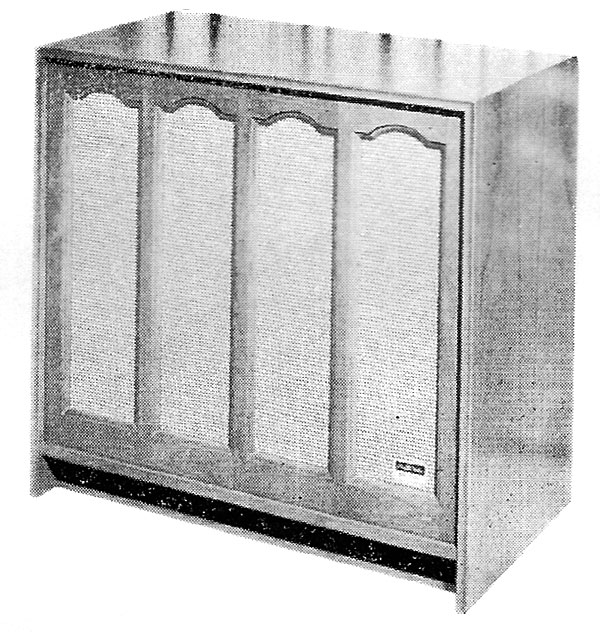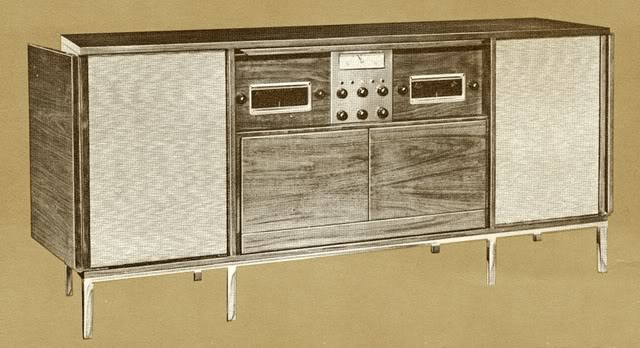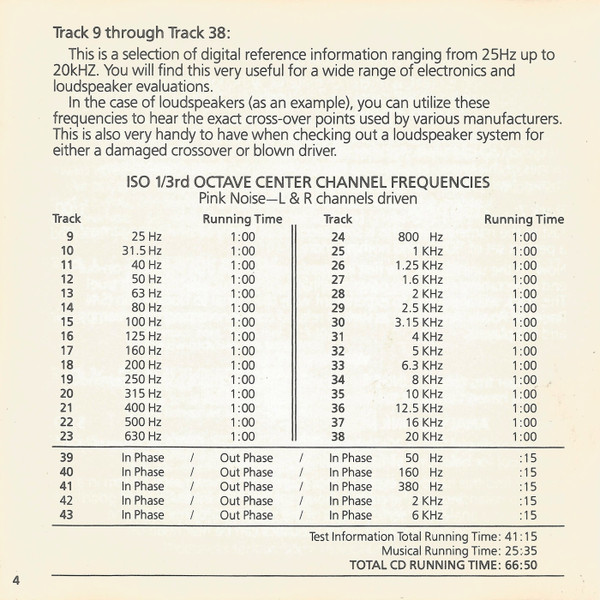Ralph,
Electro-voice provided one AT-37 Level Control for their 2 way's (8 or 16 ohm versions)
and two AT-37 Level Controls for their 3 way's (8 or 16 ohms).
Their literature is clear: to adjust for 'live/hard' rooms, or 'soft/dead' rooms (of various degrees of soft or hard of course); for various locations in a space; for an individual's preference.
.......................................
Lewm's opinion: best, for 'easily' matching left to right, is a resistor based level control. Certainly easier to match l/r frequency response than continuously variable L-Pads.
Either type can be adjusted differently l/r for a particular condition in a space, like my AR-2ax's in my office: left speaker against a wall, right speaker not near walls
Electrovoice's 4 way Model 6 (18" woofer)

has a 5 step resistor based Level Control, with published graphs of the frequency response of each of the 5 settings
https://products.electrovoice.com/binary/E-V%20Six%20EDS.pdf
Page 2, adjustment of balance control, is all about different spaces different tastes.
.......................................
Their monster Patrician 800 (30" woofers) had level controls
https://skyfiaudio.com/products/electro-voice-patrician-800-vintage-speakers-4-way-with-30-woofers


...........................................
A speaker's impedance, then and now was and is nominal, and typical crossovers are designed for the nominal impedance, and transformer taps also anticipate a speaker's stated nominal impedance.
.










 .................................................
.................................................





